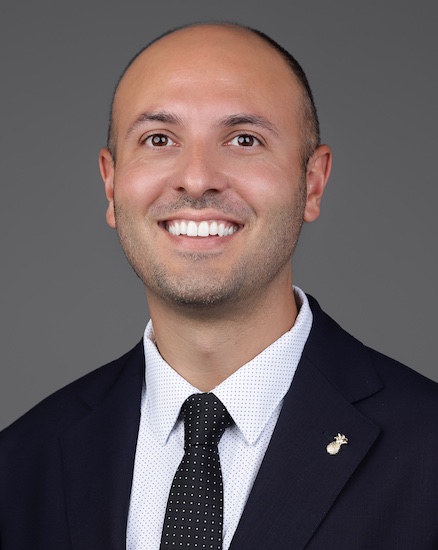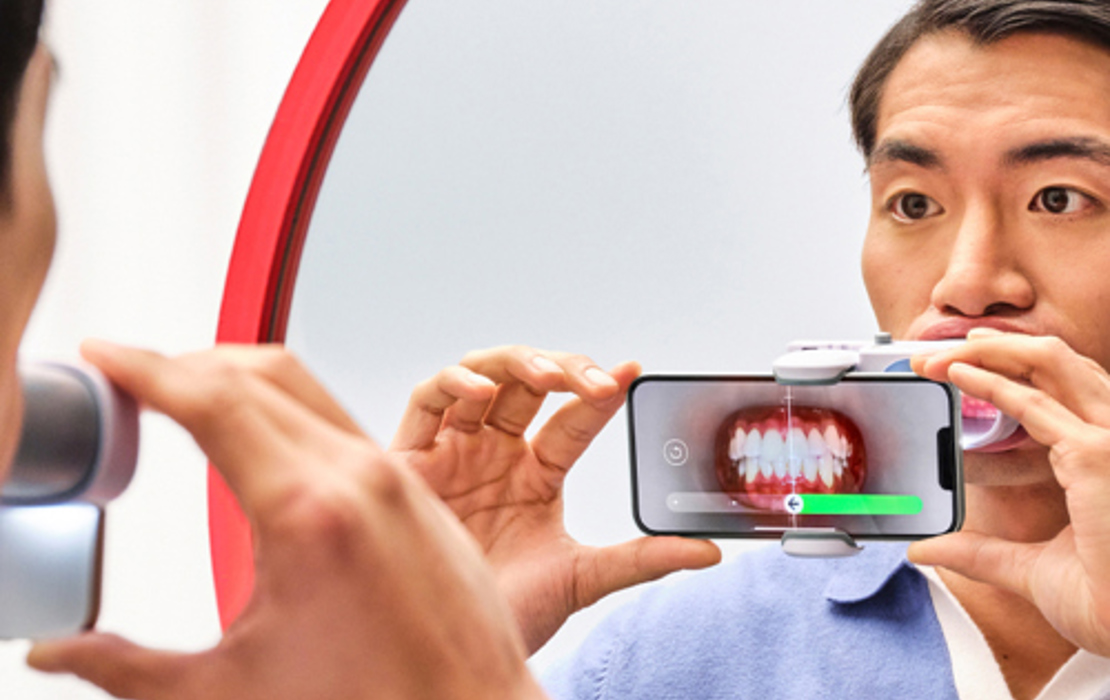What to know about head and neck cancers
Oral Cancer Awareness Month emphasizes importance of screenings, prevention


April is Oral Cancer Awareness Month, and dentists can play an important part in detecting head and neck cancers and educating their patients about ways to prevent them.
“Dentists play a crucial role in early detection of oral cancer through routine screenings,” said Alessandro Villa, D.D.S., Ph.D., chief of oral medicine, oral oncology and dentistry at Miami Cancer Institute and professor at Herbert Wertheim College of Medicine. “By conducting thorough intraoral and extraoral examinations, dentists can identify suspicious lesions that may require a biopsy at their early stages when treatment is most effective. Additionally, dentists can leverage their patient relationships to encourage tobacco cessation strategies to prevent oral cancer.”
The ADA adopted a policy in 2018 that urges dentists to support the use and administration of the human papillomavirus vaccine, recognizing it as a way to help prevent infection of the types of HPV associated with oropharyngeal cancer.
The Centers for Disease Control and Prevention estimates 70% of oropharyngeal cancers in the U.S. may be linked to HPV. In June 2020, the U.S. Food and Drug Administration added prevention of oropharyngeal and other head and neck cancers to the list of indications for the HPV vaccine.
“Supporting the use of the HPV vaccine and educating patients and parents about its role in preventing HPV-related oropharyngeal cancers is essential due to the rising incidence rates of these cancers in the U.S.,” said Dr. Villa, who is a member of the ADA Council on Scientific Affairs. “Dentists can effectively communicate the association between HPV and oropharyngeal cancer to their patients and parents, leveraging their trusted relationships to recommend vaccination. Research shows that a provider's recommendation is the best predictor of vaccination uptake, emphasizing the critical role dentists play in promoting HPV vaccination as a safe and effective cancer prevention tool.”
Below are warning signs and risk factors associated with head and neck cancers, guidance on oral cancer screenings and tips for discussing the HPV vaccine from the American Dental Association, National Institute of Dental and Craniofacial Research and National HPV Vaccination Roundtable.
Warning signs
Two types of oral patches could be precursors to oral cancer. Erythroplakia, or red lesions, are less common than leukoplakia, or white plaques, and more likely to become cancerous. NIDCR advises any patch that does not resolve itself in two weeks should be reevaluated and considered for biopsy.
An ADA clinical practice guideline from 2017 does not recommend using salivary and light-based adjuncts for evaluating lesions for malignancy.
Other signs or symptoms of oral cancer include a lump or thickening in the oral soft tissues, soreness or a feeling that something is caught in the throat, difficulty chewing or swallowing, ear pain, difficulty moving the jaw or tongue, hoarseness, numbness of the tongue or other areas of the mouth, or swelling of the jaw that causes dentures to fit poorly or become uncomfortable. NIDCR recommends performing a thorough clinical examination and laboratory tests if these persist for more than two weeks and referring the patient to a specialist if a diagnosis cannot be obtained.
Risk factors
Risk factors for oral cancer include tobacco use, heavy alcohol use, age, sun exposure and diet, according to NIDCR. Tobacco and alcohol use are also risk factors for oropharyngeal cancer. HPV infection is a major risk factor for oropharyngeal cancer and a risk factor for a small percentage of other head and neck cancers, according to the ADA.
How to perform oral cancer screenings
Regular dental checkups are an opportunity to screen patients for oral cancer by performing a head and neck examination.
In addition to the exam, dentists should obtain a history of patients’ tobacco and alcohol use, inform patients of the association between oral cancer and tobacco and alcohol use, and follow up to make sure a definitive diagnosis is obtained on any possible signs or symptoms of oral cancer, according to NIDCR.
The head and neck exam should include the face, lips, labial mucosa, buccal mucosa, gingiva, tongue, floor and palate.
How to talk about the HPV vaccine
Dentists can educate the parents of their pediatric patients — starting around age 9 or 10 — about the risks of HPV and the importance of getting vaccinated to help prevent cancer. Some tips from the ADA and National HPV Vaccination Roundtable include:
• Posting information in patient waiting rooms.
• Including a question about immunizations on medical history forms.
• Beginning the conversation about the HPV vaccine while taking patients’ comprehensive health history or performing routine oral cancer screenings.
• Emphasizing cancer prevention begins with the parent.
• Being prepared to answer parents’ questions.
• Including HPV cancer prevention information on practice websites and social media pages.
For additional information and resources, visit the ADA’s Oral Health Topics page on head and neck cancer.



